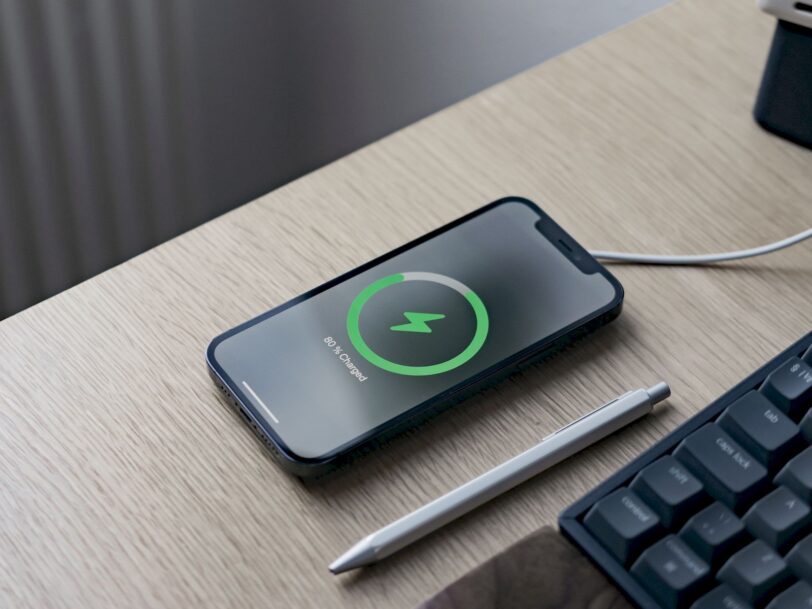How does the fast charger work?

The charging speed is one of the characteristics that we must take into account when choosing which smartphone to buy. Although it may seem less important than, for example, the battery capacity itself, it is a feature that can save us from more trouble. And even become relevant in our day to day according to our habits. Luckily, most of the mobiles that are marketed today are compatible with this function, and they are becoming more powerful every time. But how do these fast charging systems work to be able to recharge a phone’s battery in just 10 or 15 minutes?
Fast charging depends, above all, on the power that the charger transmits to the device – as long as it is capable of supporting it. That power is measured in watts and is calculated by multiplying the intensity of the electrical current by its voltage. It is therefore possible to reach 18 W with a current of 9 volts and 2 amps and with a current of 6 volts and 3 amps.
In mobile telephony, everything that exceeded 5 or 10 watts began to be classified as a fast charging system, a figure that for many years had been the industry standard. Today, however, the range of fast charging proposals is very wide. Many of the most popular phones on the market support 20 or 30 watts. But it is also possible to find others that reach 120 or even 240.
Charging technologies vary by brand
The technology behind each fast charging system varies depending on the manufacturer, despite the fact that they all start from the same base: supply more power. The differences lie in how they manage to achieve the number of watts they promise (that is, the combination of voltage and current intensity), the construction of the battery itself, the electronics that act as an intermediary, the way in which they monitor the temperature of the different components to avoid incidents, etc.
Fast charging systems also often differ in the way that power is delivered. They usually reach full speed when the battery has less power (for example, less than 50% charge). And, when certain levels are reached, they reduce the incoming power to prevent power degradation. However, the exact way in which that power is increased or decreased in relation to temperature or load percentage is different for each brand.
Due to these variations, some manufacturers require the use of specific chargers or cables –manufactured by them– in order to enjoy the maximum charging speeds supported by their phones. This is the case of Xiaomi or Oppo, for example. Therefore, when purchasing a new adapter, it is not enough that the wattages are equal to or higher than what the phone is supposed to support. It must have been manufactured or approved by the brand itself. Otherwise, the charging speed will be slower.
The USB consortium is promoting technologies such as Power Delivery or PPS with the aim of standardizing these systems. And, although many brands have begun to implement these systems in their products and accessories, there is still a long way to go.
What are the fastest fast charging systems at the moment?
On the market it is possible to find fast charging systems of 20 W (Apple), 80 (Oppo) or 120 (Xiaomi). However, at Mobile World Congress 2023 we have seen new steps forward in this field.
Redmi, a brand owned by Xiaomi, has shown how a 300W fast charging system capable of supplying 100% of a 4,100 mAh battery in just 5 minutes. It only takes 2 minutes and 12 seconds to reach 50%. It is, yes, a prototype. If we focus on devices available on the market, Realme is the company with the fastest charging in the world currently available. Its Realme GT 3 reaches 240W, which allows it to fill 20% of a 4,600 mAh battery in just 80 seconds. Full charge is done in 10 minutes.
Both companies, we reiterate, use their own technology to add, among other things, security features to avoid decreasing battery life. For example: Xiaomi’s fast charging system works thanks to a change in the components of the battery itself. In some areas, graphite has been replaced with carbon and thermal materials have also been added to prevent it from overheating when it reaches its maximum power.